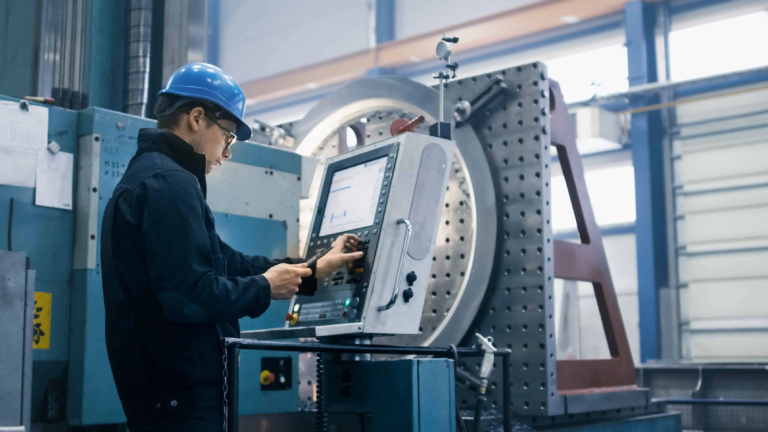Unlocking Seamless Integration: How Mitsubishi CNC Collects and Connects to the ERP System
In today’s fast-paced manufacturing landscape, the importance of efficient data collection and integration cannot be overstated. Mitsubishi CNC, a leading provider of computer numerical control (CNC) solutions, has developed innovative methods to collect and connect data to Enterprise Resource Planning (ERP) systems. This integration enables manufacturers to streamline their operations, enhance productivity, and make data-driven decisions.
The Importance of Data Collection in CNC Machining
CNC machining involves complex processes that generate vast amounts of data, including machine performance, production metrics, and quality control information. Collecting and analyzing this data is crucial for optimizing manufacturing processes, reducing downtime, and improving product quality. Mitsubishi CNC’s data collection capabilities provide a foundation for informed decision-making, enabling manufacturers to refine their operations and stay competitive.
Mitsubishi CNC’s Data Collection Methods
Mitsubishi CNC employs various methods to collect data from its CNC machines, including:
- Machine Monitoring: Mitsubishi CNC’s machine monitoring system tracks machine performance, including cycle times, production rates, and error messages. This data is used to identify areas for improvement, optimize machine utilization, and reduce downtime.
- Sensor Integration: Mitsubishi CNC machines can be equipped with sensors that monitor temperature, vibration, and other parameters. This data is used to predict maintenance needs, prevent machine failures, and ensure optimal performance.
- Data Logging: Mitsubishi CNC’s data logging feature records machine events, including program execution, errors, and alarms. This data is used to analyze machine behavior, identify trends, and optimize production processes.
Connecting to the ERP System
Once data is collected, Mitsubishi CNC’s systems can connect to the ERP system using various protocols, including:
- OPC-UA: Mitsubishi CNC’s OPC-UA (Open Platform Communications Unified Architecture) interface enables seamless communication with ERP systems, allowing for bi-directional data exchange and real-time monitoring.
- MTConnect: Mitsubishi CNC’s MTConnect interface provides a standardized protocol for collecting and exchanging data between CNC machines and ERP systems.
- API Integration: Mitsubishi CNC’s API (Application Programming Interface) enables custom integration with ERP systems, allowing manufacturers to develop tailored solutions for their specific needs.
Benefits of Integration
The integration of Mitsubishi CNC’s data collection capabilities with the ERP system offers numerous benefits, including:
- Improved Productivity: Real-time data visibility enables manufacturers to optimize production processes, reduce downtime, and increase overall efficiency.
- Enhanced Quality Control: Automated data collection and analysis enable manufacturers to detect quality issues early, reducing waste and improving product quality.
- Data-Driven Decision-Making: Integrated data provides a unified view of manufacturing operations, enabling informed decisions and strategic planning.
- Reduced Costs: Predictive maintenance, optimized machine utilization, and reduced waste contribute to significant cost savings.
Implementing Integrated Solutions
To implement integrated solutions, manufacturers should:
- Assess Current Infrastructure: Evaluate existing CNC machines, ERP systems, and network infrastructure to determine the best approach for integration.
- Choose the Right Protocol: Select a suitable protocol (OPC-UA, MTConnect, or API) based on specific requirements and compatibility.
- Configure Data Collection: Configure Mitsubishi CNC’s data collection features to capture relevant data, including machine performance, production metrics, and quality control information.
- Map Data to ERP System: Map collected data to the ERP system, ensuring seamless integration and real-time visibility.
Conclusion
Mitsubishi CNC’s innovative data collection and integration capabilities provide a powerful foundation for manufacturing excellence. By connecting to the ERP system, manufacturers can unlock a new level of efficiency, productivity, and quality control. As the manufacturing landscape continues to evolve, the importance of integrated solutions will only continue to grow. By embracing these technologies, manufacturers can stay ahead of the curve, drive growth, and achieve success in an increasingly competitive market.



















